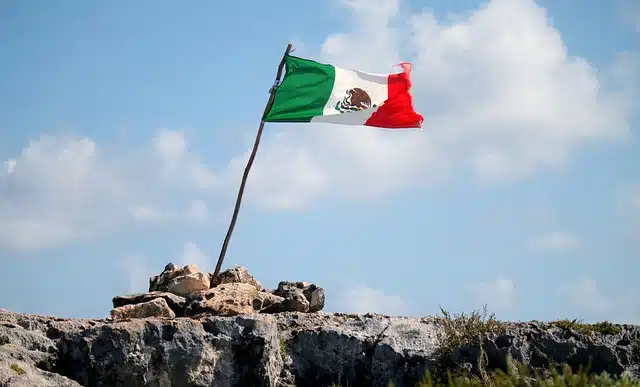
The Mexican miracle was a historical period in Mexico characterized by economic growth.
The dictionary of the Royal Spanish Academy ( RAE ) indicates that miracle comes from miraglo . This term, which is no longer used, comes from the Latin word miracŭlum .
A miracle or miraglo is an unusual event or one that cannot be explained according to the laws of nature . It is usually attributed to a divine or supernatural motive , although in a broad sense it can refer to an astonishing or rare event.
Meanwhile, that or that native of Mexico is classified as Mexican . This North American country, officially named as the United Mexican States , is among the largest in Latin America and has a population of more than 126 million inhabitants .
What is the Mexican miracle
The Mexican miracle is called a historical period in Mexico that developed in the 20th century and was characterized by notable economic growth . This process caused surprise worldwide.
The beginnings of the Mexican miracle are often a source of debate . While some historians place it in 1940 , others place it in the mid to late 1950s . As for its end, it is usually mentioned in 1970 .
Also known as stabilizing development , the Mexican miracle is largely attributed to the policies applied by Antonio Ortiz Mena , who served as Secretary of the Treasury and Public Credit between 1958 and 1970 .

The Mexican miracle is also known as stabilizing development.
Its characteristics
The first part of the Mexican miracle was characterized by import substitution . With the end of World War II , the United States increased its exports to Mexico , generating a negative balance in the Bank of Mexico and leading to an increase in inflation .
Faced with this reality, President Miguel Alemán (who governed from '46 to '52 ) sought to promote import substitution, establishing limits and favoring national production. In this context, the peso was devalued, protectionist measures were applied and public banks granted numerous loans to the private sector.
It is important to indicate that, before Alemán 's presidency, Manuel Ávila Camacho carried out a mandate ( 1940 - 1946 ) in which the Mexican GDP grew at a good pace in a stable political framework. Later, Alemán managed to accelerate the progress of the economy with a strengthening of the internal market .
In the second section of the Mexican miracle, then, the increase in GDP and exchange rate stability were maintained. The growing production was destined to satisfy internal needs, promoting progress in multiple areas.
Criticism of the Mexican miracle
The growth without inflation of the Mexican miracle is recognized by analysts. However, there are those who warn that the process did not generate the same benefits for all sectors and maintain that it did not even reverse the main social problems.
Thus, industry developed in a remarkable way, but agriculture failed to do so in the same way. That is why it is often argued that the Mexican miracle was reflected above all in urban areas.
Social inequality , associated among other factors with differences in income, was not reversed. Nor did the numbers linked to poverty improve noticeably.
